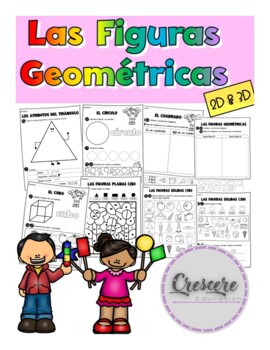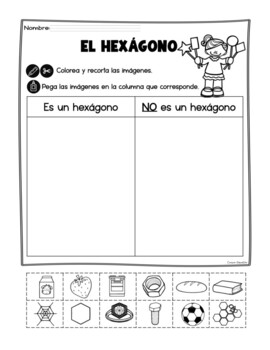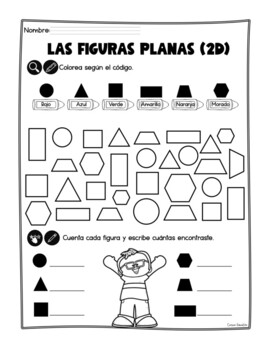Las Figuras Geométricas (2d y 3D)
- PDF
What educators are saying
Description
Este producto contiene 40 páginas de actividades para enseñar y repasar las figuras geométricas planas (círculo, triángulo, cuadrado, rectángulo, trapecio y hexágono), y sólidas (esfera, cubo, cilindro, cono y prisma rectangular).
Las hojas de trabajo sirven para identificación de las figuras, clasificación de objetos reales según su forma y discriminación entre figuras sólidas y planas.
Mira el archivo de vista previa antes de hacer tu compra para comprobar que este producto es lo que estas buscando.
This product contains 40 worksheets to teach and review 2D shapes (circle, triangle, square, rectangle, trapezoid, and hexagon), and 3D shapes (sphere, cube, cylinder, cone, and rectangular prism). *****The product is in Spanish*****
The worksheets are good for identifying shapes, sorting real-life objects by their shape, and classifying 3D and 2D shapes.
See the preview file before you make a purchase to make sure this file is what you are looking for.





